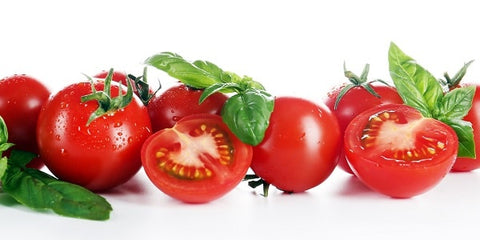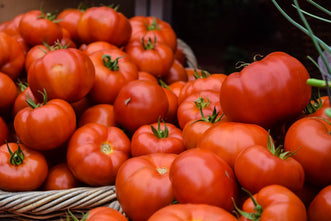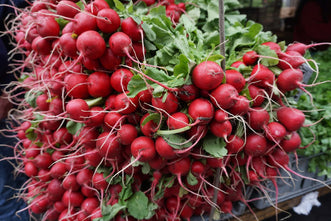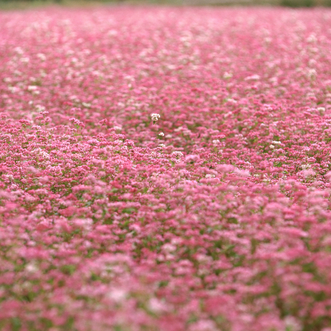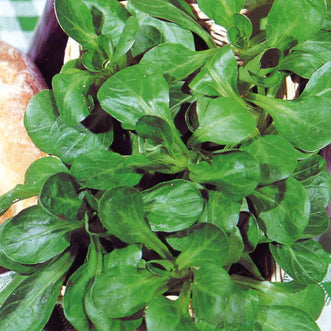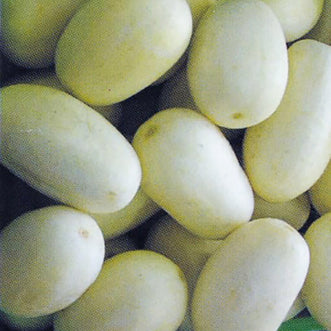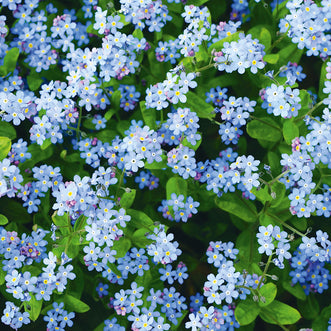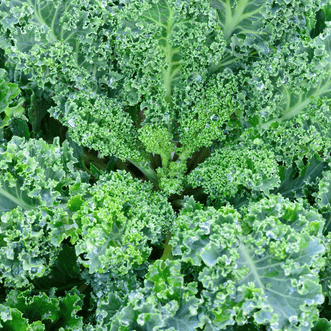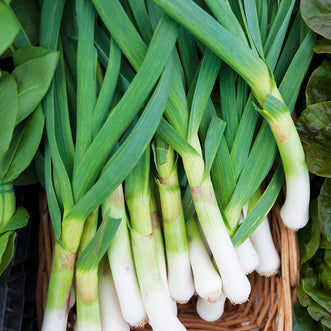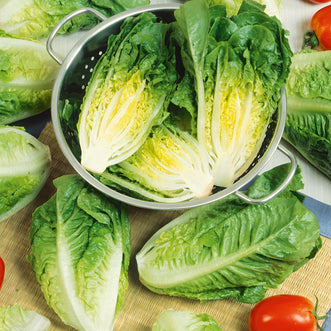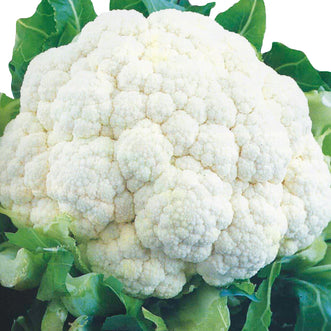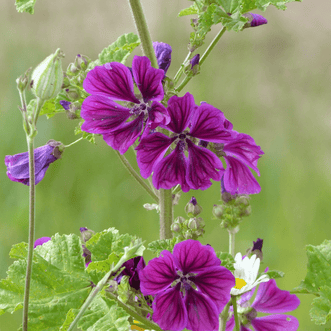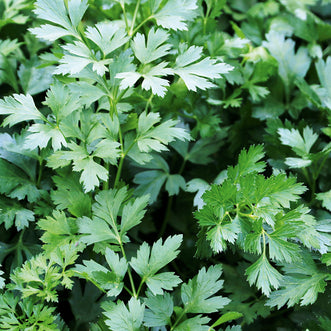Guide to Growing Eggplants, Peppers & Tomatoes

Eggplants, peppers (hot and sweet) and tomatoes are all in the same Solanaceae plant family
so as a general guideline prefer similar ways to grow in much the same places in the garden.
They also have similar pesky insect and disease problems.

All three prefer a soil that is humus rich and well drained with a pH of 6.5 along with good levels of calcium which can be applied with a side dressing of gypsum. Too much nitrogen often results in large bushy plants that only produce one small set of fruit, weak stems and flower blossoms that drop off.
A sunny position and good airflow will also help in maintaining plant health. Always practice ground rotation with Solanaceae, to avoid the build-up of pests and diseases in the soil.
Being warmth and sun lovers, all three prefer not to be sown or transplanted outside too early as cool night temperatures can cause unnecessary stunting in plants.
Pests and diseases are also shared. Aphids and white fly on the undersides of leaves can suck the plant juices out if they get up in numbers and can cause wrinkling and distorting of leaves. Nematodes in the soil can damage tender new roots and weaken plants. If leaves or new growth on any of these three looks unnecessarily twisted or distorted, it might be best to remove and discard the whole plant just in case it’s a virus.
A few tips and tricks for each…

Eggplants
Treat them like they’re subtropical - sow in trays then transplant a bit later as cold weather, especially night temperatures may weaken them; space them well apart and give them a firm stake for support; water the ground round them in the evening and keep the foliage dry.
Harvest the first fruit at an immature stage and discard it, this will encourage the next flush to ripen quickly and more prolifically; always cut from the plant, never pull them off; some varieties can have sharp spines on the calyx where the fruit joins the stem, care should be taken when handling these to avoid injury.

Tomatoes
What’s the difference between determinate and indeterminate varieties?
Determinates have a finite point of growth, reach a certain height, generally under a metre and that’s it. This can be as low as a dwarf variety bred to be grown in a pot, tub or basket up to one that needs a metre high stake to support it.
Indeterminates develop into vines that keep growing and can reach several metres in height. They require more staking, pruning and management but will provide fruit over a longer season.
Both types will benefit by removing all laterals under the first strong branch directly below the first flower cluster. These low laterals usually grow sideways in a nuisance direction, set fruit close to the soil and take energy from the upper part of the plant.
Whenever possible, encourage the plant to have fruit close to the main truck to give it the best support, fruit out wide can snap branches.
Epsom Salts are an ideal source of magnesium to help with root and cell development, photosynthesis,
plant growth and to prevent blossom end rot. All increase colour and taste in fruit.
1 tsp Epsom Salts per 30cm of plant height every fortnight from when the first flowers are forming.

Peppers (both Sweet and Hot Varieties)
Don’t transplant outside too early, ideally wait until the days are over 21 degrees C and the nights are nearer 16 degrees C, this will stimulate vigorous growth; set plants out at least 30cm apart for smaller varieties and up to 90cm for bushier or sprawling types; set a firm stake in place next to the plant when it’s young so as not to damage the roots later.
As plants mature, remove any lower or diseased leaves, however leave the top leaves alone as these prevent sun scald on the fruit and keep the rest of the plant cool with shade; pick the first fruit promptly when they reach full size to encourage further fruit set.
Companion Planting
Eggplants, peppers and tomatoes do not like to have brassica or fennel planted near them as this inhibits their growth and peppers also dislike being next to beans.
Otherwise, they all enjoy cucumbers, spinach, peas, marigolds, nasturtiums and it’s compulsory to have a patch of basil with your tomatoes even if you’re not Italian.
